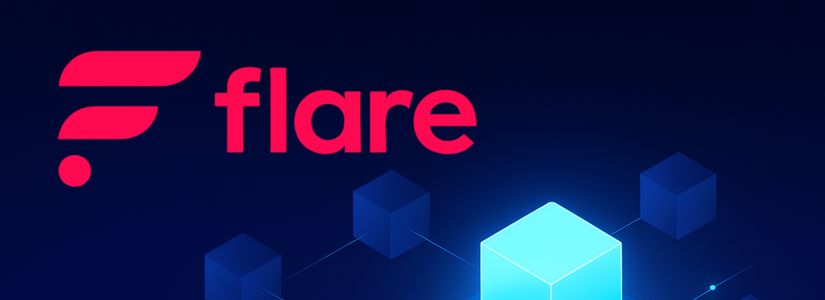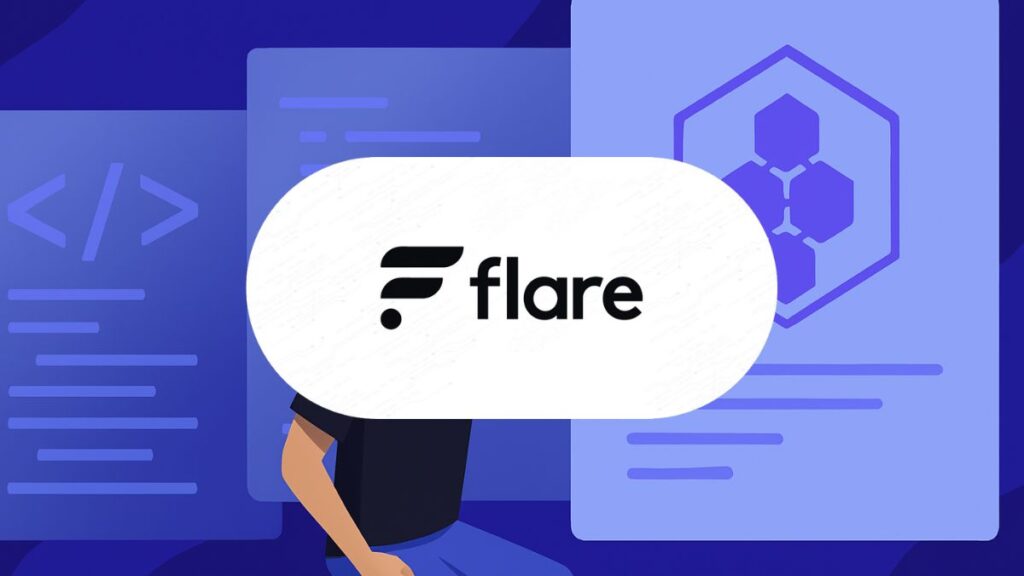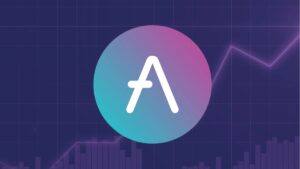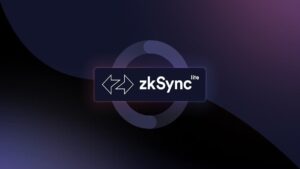The Flare Network reimagines blockchain by embedding data access directly into its foundation. Rather than focusing only on transactions, it provides developers with a platform where interoperability and decentralized information flow are native features. This approach positions Flare Network as an infrastructure layer designed to expand blockchain utility, enabling smarter applications and broader cross‑chain connectivity. Learn more in this article:
What is Flare Network?

Flare Network is a Layer 1 blockchain designed to unlock the value of data across multiple ecosystems. Unlike traditional blockchains that focus solely on transactions, Flare Network integrates enshrined data protocols directly into its core architecture, enabling developers to build dApps that rely on secure, real-time information. Its compatibility with the Ethereum Virtual Machine (EVM) ensures that existing Ethereum-based tools and smart contracts can be deployed seamlessly on Flare, lowering the barrier to adoption and innovation.
Interoperability as a Core Mission
Flare Network prioritizes interoperability at its foundation, allowing blockchains that lack native smart contract functionality, such as XRP, Dogecoin, and Bitcoin, to interact with DeFi ecosystems. By bridging these assets into programmable environments, Flare Network expands its utility without requiring them to abandon their original chains. This approach positions Flare Network as a gateway for non-smart contract assets to participate in DeFi, lending, and other advanced blockchain use cases.
Origins and Development
Flare Network was founded by Hugo Philion, Sean Rowan, and Naïri Usher, a team with backgrounds in finance, machine learning, and quantum computing. The project’s initial whitepaper was released in 2020, with the vision of extending smart contract capabilities to networks like the XRP Ledger. Early backing from Ripple’s investment arm, Xpring, and subsequent funding rounds helped establish Flare as a serious contender in the blockchain interoperability space. Over time, Flare Network has evolved through updated whitepapers and test deployments, including its canary network, Songbird.
Functions of its Native Token: FLR
The ecosystem is powered by FLR, Flare’s native token. While its detailed functions will be explored in later sections, it is important to note that FLR underpins governance, staking, and transaction fees within the network. Its introduction marked a pivotal step in incentivizing participation and securing the blockchain’s decentralized infrastructure.
How Does Flare Network Work?

The Flare Network operates as a Layer 1 blockchain that employs the Avalanche consensus protocol, adapted for its unique architecture. This model ensures low-latency finality and high throughput, making it suitable for applications that demand real-time data. Unlike proof-of-work systems, Flare’s consensus is energy-efficient and scalable, allowing thousands of nodes to participate in securing the network without excessive computational costs. This design strengthens decentralization while maintaining performance.
Data Integration Through Oracles
At the heart of Flare’s functionality are its enshrined data protocols, particularly the Flare Time Series Oracle (FTSO). This system delivers decentralized, reliable, and continuously updated data feeds directly on-chain. By embedding oracles into the protocol layer, Flare eliminates reliance on external providers, reducing risks of manipulation or downtime. Developers can access accurate price feeds and other data streams, enabling the creation of DeFi applications, derivatives, and cross-chain tools that depend on trustworthy information.
Bridging Non-Smart Contract Assets
Flare introduces FAssets, a mechanism that allows tokens from blockchains without native smart contracts to be represented on Flare. These wrapped assets can then interact with decentralized applications, unlocking new use cases like lending, staking, and yield farming. This bridging process is secured by collateral and decentralized agents, ensuring that the original assets remain safe while their synthetic versions gain programmability.
Governance and Token Utility
While the FLR token will be explored in detail later, it is worth noting that it plays a role in governance, staking, and transaction fees. Token holders can delegate their voting power to data providers within the FTSO, incentivizing accurate data submissions. This creates a feedback loop where participants are rewarded for contributing to the network’s reliability, further aligning incentives between users, developers, and validators.
What is the FLR Token?

Core Utility in the Network
The FLR token is the native digital asset of the Flare Network, designed to serve as the backbone of its decentralized infrastructure. It functions as the gas token for transactions, ensuring that smart contracts and decentralized applications (dApps) can operate efficiently. Beyond transaction fees, FLR is also used to incentivize validators and participants, aligning the interests of users, developers, and network operators. This makes it indispensable for maintaining both the security and usability of the blockchain.
Governance and Decision-Making
A central role of the FLR token lies in governance. Holders can propose and vote on protocol upgrades, parameter adjustments, and ecosystem initiatives. This decentralized governance model ensures that the network evolves in line with the community’s priorities rather than being dictated by a single entity. By empowering token holders, Flare fosters a participatory environment where stakeholders directly influence the platform’s future direction.
Supporting Oracles and Interoperability
The Flare Time Series Oracle (FTSO) relies heavily on FLR. Token holders can delegate their assets to data providers, who in turn supply accurate, real-time information to the network. This process not only strengthens the reliability of Flare’s oracle system but also rewards participants for contributing to data accuracy. Additionally, FLR supports FAssets and cross-chain interoperability, enabling non-smart contract tokens to interact with decentralized finance (DeFi) applications on Flare.
Is FLR Token a Good Investment?
From a structural perspective, the FLR token is deeply integrated into the ecosystem, giving it intrinsic utility beyond speculation. Its roles in governance, transaction fees, staking, and oracle delegation provide multiple layers of demand within the network. However, whether it is a “good investment” depends on factors such as adoption, developer activity, and the broader blockchain landscape. While FLR’s design ensures long-term relevance, potential investors should evaluate it as part of a diversified strategy rather than relying solely on its future performance.
Conclusion
The Flare Network establishes itself as a blockchain infrastructure built for interoperability, data integration, and decentralized governance. By embedding oracles, enabling cross‑chain assets, and leveraging the FLR token for security and participation, Flare provides a scalable foundation for innovative applications, positioning itself as a long‑term driver of blockchain utility.










